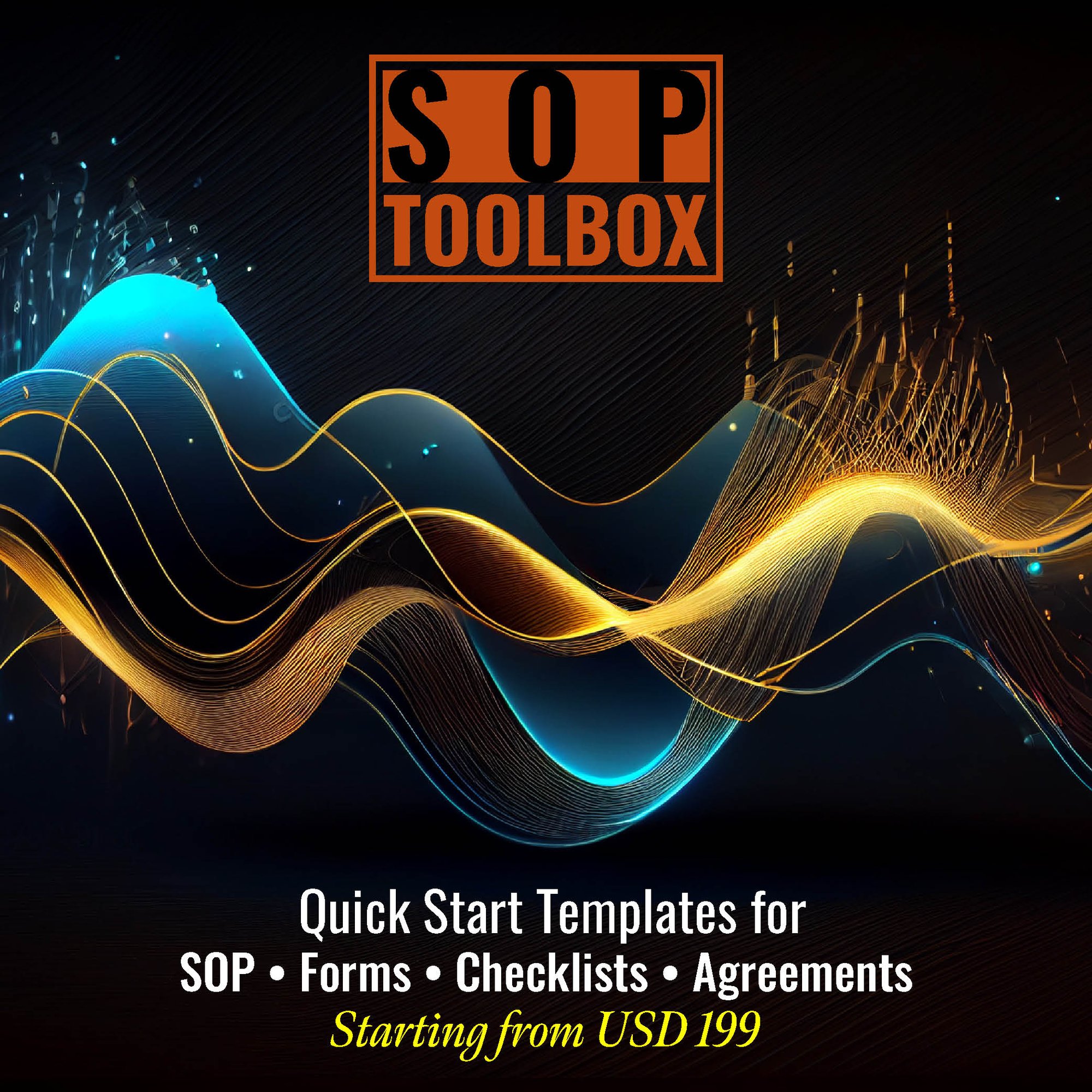Inventory Management Standard Operating Procedures (SOPs) are structured guidelines that ensure efficient handling, tracking, and control of inventory within an organization. These SOPs cover key aspects such as inventory tracking, stock replenishment, storage procedures, auditing, demand forecasting, and waste reduction. By implementing standardized inventory processes, businesses can minimize stock discrepancies, prevent overstocking or stockouts, and enhance supply chain efficiency. SOPs also help maintain accuracy, compliance, and cost-effectiveness while improving warehouse organization and order fulfillment. A well-defined Inventory Management SOP ensures smooth operations, reduces risks of losses, and supports better decision-making through real-time inventory visibility and control.
Fhyzics Business Consultants’ Inventory Management SOPs templates provide organizations with a structured and standardized approach to handling inventory efficiently. These templates cover key aspects such as inventory tracking, stock control, warehouse organization, replenishment planning, and auditing, ensuring businesses maintain optimal stock levels while reducing waste and inefficiencies.
By using these predefined SOP templates, companies can streamline their inventory processes, minimize errors, and enhance accuracy in stock monitoring. The templates provide clear guidelines for inventory audits, cycle counting, order processing, and warehouse management, ensuring a smooth and error-free supply chain. They also help organizations establish proper documentation, approval workflows, and inventory control mechanisms to prevent stock discrepancies, theft, and losses.
Fhyzics' templates are customizable, allowing businesses to tailor them to their specific operational needs. With well-defined procedures, organizations can enhance supply chain visibility, improve demand forecasting, and optimize storage space utilization.
By implementing these Inventory Management SOPs, businesses can achieve greater operational efficiency, cost savings, and regulatory compliance while ensuring smooth order fulfillment and customer satisfaction. These templates help businesses reduce downtime, prevent stockouts, and enhance overall supply chain performance, leading to long-term success.
Top 10 benefits of Inventory Management SOPs :
1. Improved Accuracy – Reduces errors in stock tracking and record-keeping.2. Optimized Stock Levels – Prevents overstocking and stockouts.
3. Enhanced Efficiency – Streamlines inventory handling and warehouse operations.
4. Cost Savings – Minimizes waste, reduces carrying costs, and prevents losses.
5. Better Demand Forecasting – Supports accurate inventory planning and replenishment.
6. Regulatory Compliance – Ensures adherence to industry standards and audit requirements.
7. Stronger Supply Chain Control – Improves coordination with suppliers and logistics.
8. Reduced Shrinkage – Prevents theft, damage, and stock discrepancies.
9. Faster Order Fulfillment – Enhances customer satisfaction and service levels.
10. Improved Decision-Making – Provides real-time inventory visibility for strategic planning.
This Article is Uploaded by: Gokul K
Keywords: inventory management SOPs, inventory control procedures, stock management guidelines, warehouse inventory SOPs, inventory tracking best practices, inventory standard operating procedures, inventory audit checklist, inventory reconciliation process, inventory documentation standards, inventory optimization strategies, inventory handling guidelines, stock replenishment policies, inventory workflow optimization, inventory monitoring best practices, inventory loss prevention, warehouse stock management, inventory system best practices, inventory counting methods, inventory cycle counting SOPs, demand forecasting techniques, inventory shrinkage prevention, inventory storage procedures, inventory barcode tracking, stock control automation, inventory risk management, warehouse inventory planning, supply chain inventory control, inventory valuation methods, inventory compliance guidelines, inventory purchasing procedures, inventory FIFO and LIFO methods, inventory database management, inventory tracking software, inventory data accuracy, inventory verification SOPs, inventory disposal procedures, inventory damage control, inventory forecasting models, inventory performance metrics, inventory cost reduction strategies, inventory stock rotation, inventory management software solutions, warehouse bin location system, inventory receiving procedures, warehouse picking and packing SOPs, inventory supply chain visibility, inventory buffer stock strategies, inventory procurement best practices, safety stock management, inventory distribution SOPs, inventory returns management, inventory demand analysis, just-in-time inventory SOPs, inventory warehouse safety standards, inventory replenishment automation, inventory order processing workflow, inventory process standardization, inventory movement tracking, inventory logistics coordination, inventory quality assurance, inventory warehouse layout optimization, inventory item categorization, inventory reporting templates, inventory process documentation, inventory process flowchart, inventory scanning technology, inventory supplier coordination, real-time inventory monitoring, inventory variance analysis, inventory cycle optimization, inventory physical verification, warehouse slotting techniques, inventory demand planning, inventory ERP system integration, inventory reordering policies, inventory purchase order workflow, inventory receiving best practices, inventory waste reduction strategies, inventory shrinkage control methods, inventory batch tracking, inventory security measures, inventory ABC analysis, inventory multi-location management, inventory vendor management strategies, inventory performance tracking, inventory labeling best practices, inventory product lifecycle management, inventory batch and serial tracking, inventory shelf-life management, inventory goods-in-transit tracking, inventory supply chain coordination, inventory emergency stock planning, inventory reverse logistics, inventory replenishment forecasting, inventory barcode scanning implementation, inventory SKU management, inventory cloud-based tracking solutions, inventory automation technologies, inventory process mapping, inventory storage condition monitoring, and inventory continuous improvement strategies.















